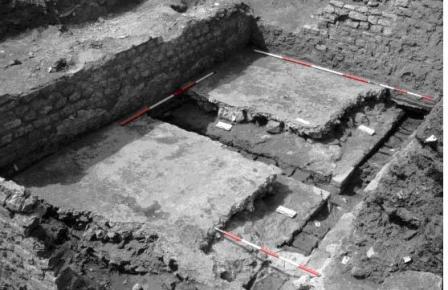So, What's Special About Wortley?
Dr. David Wilson of Keele University, Director of Excavations at Wortley from 1983 to 1996, gives an overview of the finding at this Roman site.

There is a well-known and over-used adage that says all men are born equal, but some are more equal than others. So, in archaeology, we can say that all sites are unique, but some are more unique than others. And the Romano-British site at Wortley falls into the latter category.
It was discovered in 1981 by accident by the then landowner, Paul Cory, when digging a hole for a fence post and coming up with a piece of mosaic flooring and pieces of painted wall plaster. Some local enthusiasts opened a trench which revealed the badly damaged pilae of a hypocaust system of parts of two rooms of a bathhouse, together with considerable quantities of painted wall plaster, tesserae and tegulae, some pottery and bone.
In 1983 the site was taken over, at the request of Mr Cory, by the University of Keele as a training excavation for students from not only England but from various parts of the world as well. Wortley continued to be a training excavation site until 1996. The uniqueness of the Wortley site lies in two of its structures: its cellar and its bathhouse.
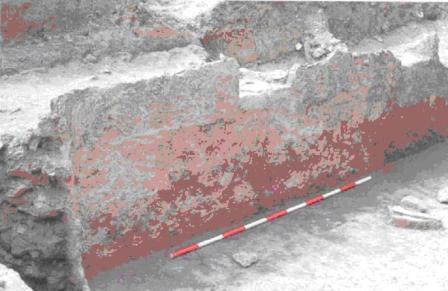
Fig. 1 Niches in the southern wall of the cellar
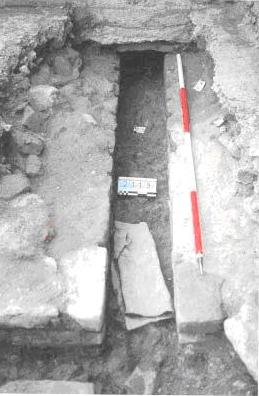
.
Fig. 2 Capstones over the southern channel beneath the cellar floor
Fig. 3 Clay-filled channels beneath the cellar floor
The most surprising aspect, however, was that all three complete channels ran beneath the walls of the cellar, under rough stone lintels, but ended at the outer limits of the walls. Consequently, they were not part of any drainage system, but were associated solely with the cellar. We can’t be sure of the 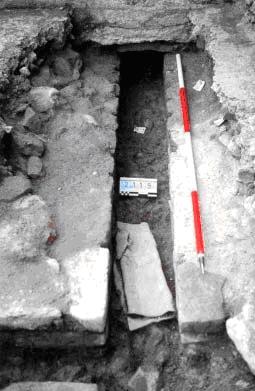
Fig. 4 One of the folded pieces of lead in situ in the western channel
This ‘font’ probably contained water brought up by seepage via the channels, depending on the water table at the time, or it may have been used to receive libations which would then run into the channels. No parallel has been noted in either Britain or abroad for these channels.
That’ll do then for the first unique aspect of the Wortley site. Let’s turn now to the bathhouse. The first striking thing about it was its size: just under fourteen metres in length and comprising six areas, ranging from a hot room to a latrine. And included in these six is something even more striking: a natatorium or swimming pool, some 13.7 metres long and 2.2 metres wide internally. No prizes for a Romano-Briton swimming a width, but good for up-and-down work! Such a pool is extremely rare outside of large urban sites and would seem to be the largest of any known on a rural site. So, the presence and size of the Wortley natatorium is remarkable, but there is another rare, if not 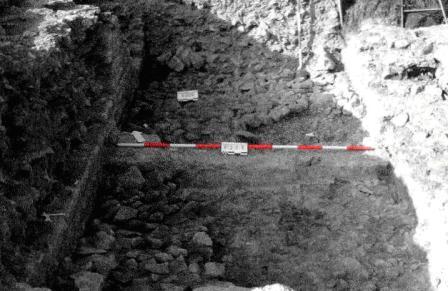
Fig. 5 Damaged walls and floor of natatarium
There were, of course, other rooms at the Wortley site, but there was no diagnostic evidence to indicate their functions. All that we can say is that they gave the impression of having been rather spartan (perhaps not the best term to use!), with no sign of decoration of any sort. All of this leads to the question of what exactly was Wortley all about? We used the word ‘villa’ in our interim reports, but this was perhaps a sort of shorthand, the word being, in archaeology, a catch-all for any building with a Roman wall. We are still debating the function of our site, but it seems very likely that it was a cult ‘centre’ with, perhaps, accommodation for people visiting it. On the other hand, it might have been a more ‘private’ religious complex associated with an adjacent ‘villa’, a possibility suggested by magnetic susceptibility tests which indicate buildings (of unknown date) in an adjacent field.
The writing of the final report of the excavation is nearing its conclusion and will hopefully be available in the not-too-distant future.
Editors’ note:
Our thanks to Dr. Wilson for this article.
Events
-
Isaac Pitman
1/01/2025 - 31/03/2026
Isaac Pitman Display - the creator of Pitman Shorthand
-
AGM 2026
5/06/2026
Annual General Meeting 2026



